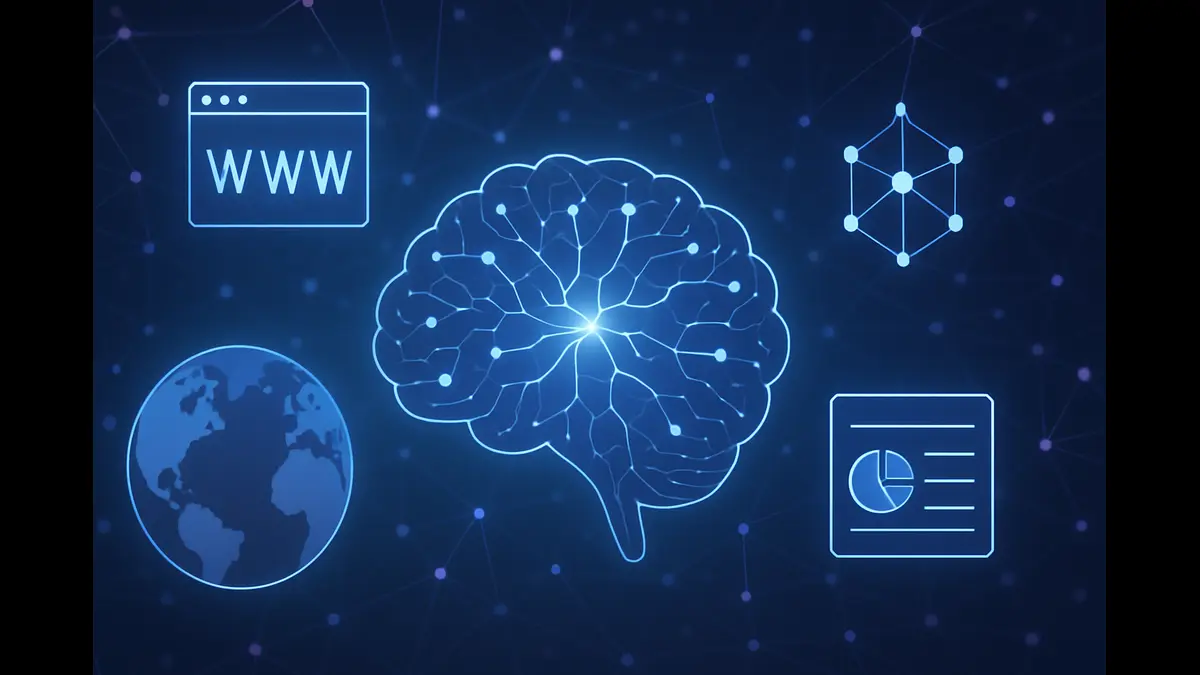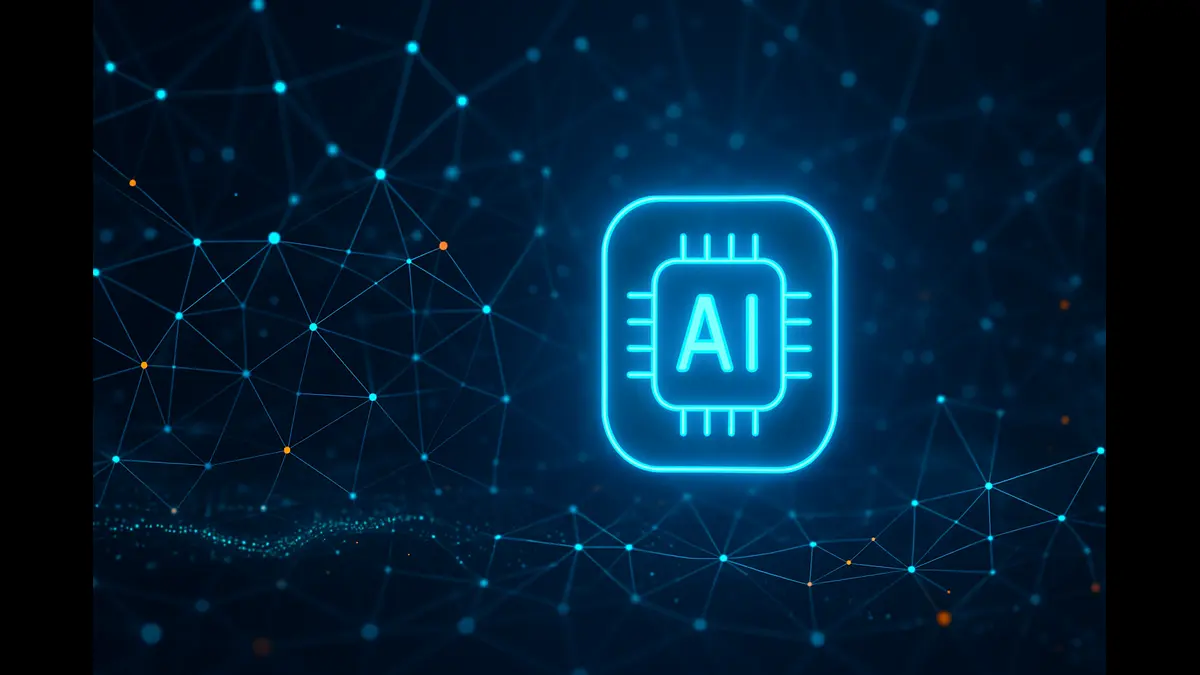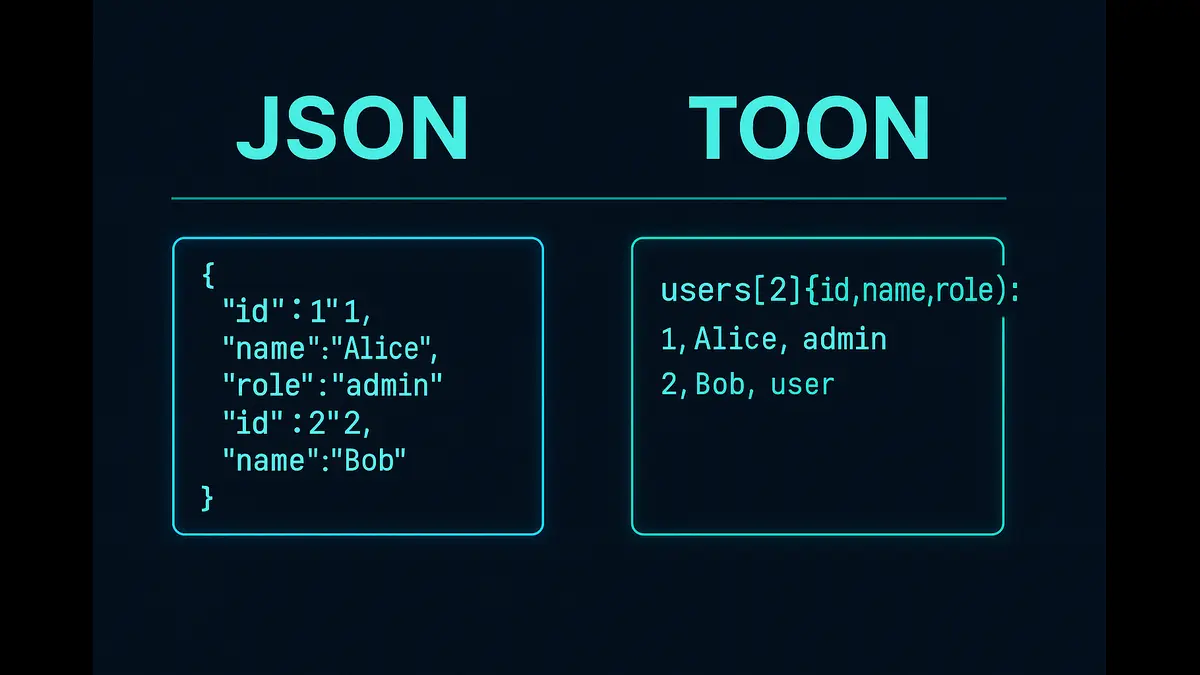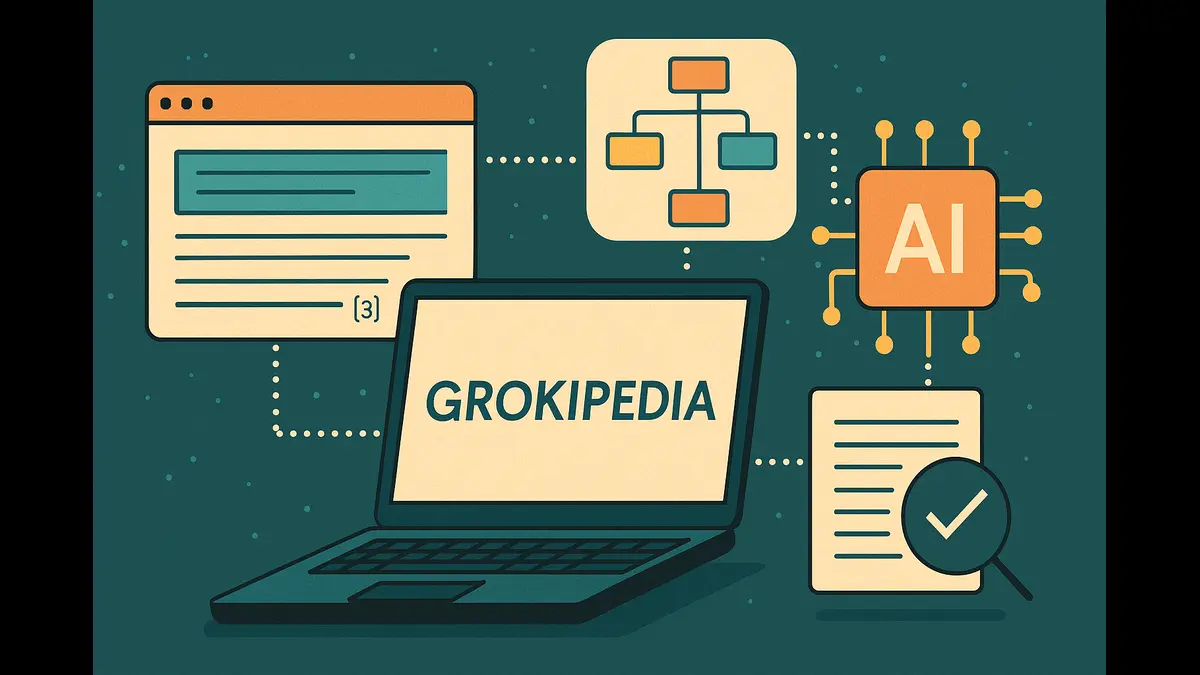
The web is shifting from indexing words to understanding meaning. Semantic crawling — powered by AI and multimodal reasoning — is transforming search into a dynamic, self-updating network of knowledge.
The internet is undergoing a sea change in how it operates, a transformation unlike anything before. For over 2 decades traditional web crawlers – unseen engines behind Google, Bing and every other search platform from 2000 to 2021, operated on a simple principle. Billions of pages across the web are scanned in this method, the words within them are indexed and results are ranked based on textual matches, backlinks and hundreds of secondary signals. Although huge scale was evident from this approach – the results were limited to what the indexed pages conveyed.
Today, a new generation of crawlers have taken the space that not just matches text but they understand meaning. Powered by the latest AI models, released in recent years, these systems extract entities, map relationships, interpret images and tables natively, and convert raw web content into structured knowledge graphs and dense vector embeddings in real time. The results are already visible over the many tools that we use today – Google AI Overviews and Perplexity’s Conversational Answers to Microsoft Copilot’s Deep Research Mode and Chatgpt etc.
What is Semantic Crawling ?
Semantic crawling is the systematic extraction of structured, machine-readable meaning from unstructured or semi-structured web content. Where traditional web crawlers produced inverted keyword indexes, modern semantic systems perform a far more of operations in parallel.
Recognising and Identifying Entities:
The system first detects and standardises named entities – people, companies, locations, medicines, stocks, or domain-specific concepts. Each is linked to a unique identifier such as a Wikidata QID, a ticker symbol, or a DrugBank ID. This ensures that “Apple” the company and “apple” the fruit never get mixed up.
Extracting Relationships and Events:
In the next step, identifies connections and actions – who acquired whom, who was appointed CEO, or what results came from a clinical trial. Each event is time-stamped, sourced, and scored for confidence, so the system knows not only what happened, but when and how certain that information is.
Understanding across multiple formats
AI no longer reads just plain text. It interprets layout, tables, code, charts, even subtitles and then merges them into a single, coherent understanding of what a document says. This unified “multimodal” parsing allows the model to reason across different data types in one pass.
Evaluation of Trust and Intent
The content is then analysed for provenance – is it a peer-reviewed paper, a company-press release or a social post? The system gauges whether the tone is factual, promotional, or speculative, helping assign a weighted trust score.
Turning everything into Structured Data
Finally all these insights are turned into structured data – knowledge-graph triples(subject-predicate-object), semantic embeddings for similarity search, or hybrid-symbolic neural forms that can both reason logically and retrieve efficiently.
Why Semantic Crawling Is the Critical Infrastructure Layer
Semantic crawling is not an incremental feature; it is becoming the foundational data pipeline for the next decade of AI-powered products and services.
- AI-Native Search and Answer Engines Google’s globally deployed AI Overviews (formerly Search Generative Experience), Perplexity Pro, and emerging players like Exa and Phind all rely on real-time semantic indexing to move beyond “ten blue links” to direct, cited answers.
- Agentic Systems and Autonomous Workflows Autonomous agents from OpenAI, Anthropic, Adept, Imbue, and numerous startups require live, meaning-aware access to the open web to book flights, perform due diligence, compare insurance policies, or assemble research reports. Without semantic crawling, agents remain trapped inside narrow APIs or outdated training data.
- Vertical Intelligence Platforms In finance, legal, healthcare, life sciences, and defense, enterprises and governments are deploying proprietary semantic crawlers that continuously ingest regulatory filings, clinical-trial registries, court dockets, patent databases, and peer-reviewed literature to power domain-specific reasoning engines with audit trails.
- Personalized and Private Knowledge Systems Consumer tools (Mem, Rewind, Reflect) and enterprise platforms are building user-specific semantic graphs that blend public web knowledge with private documents while preserving privacy through on-device or edge inference.
One of the most significant refinements is adaptive or reflex crawling – an approach where systems monitor semantic changes at the level of entities or claims,, selectively updating only the impacted sub-graphs. In practice, implementations from Diffbot, Bright Data and Common Crawl variants reports efficiency improvements of 20-100x over conventional crawling.
Emerging Technical Architectures in 2025
The most sophisticated semantic crawlers now operate at the block and claim level rather than the document level. The breakthrough has been made possible by the explosive multimodal capabilities of models released in the second half of 2025:
- OpenAI’s GPT-5.1 achieves 76–82% on MMMU-Pro and processes code, tables, charts, and text in a single forward pass, enabling crawlers to extract structured data from SEC filings or clinical-trial PDFs with dramatically lower latency.
- Google’s Gemini 3 Pro set new records with 81% on MMMU-Pro and 87.6% on Video-MMMU, allowing crawlers to jointly reason over page layout, embedded diagrams, and surrounding text—critical for accurate interpretation of news articles, product pages, and research papers.
- Anthropic’s Claude 4.5 Sonnet emphasizes safe, high-precision multimodal reasoning, scoring 77.2% on SWE-Bench Verified for hybrid code-table tasks and reducing entity-disambiguation errors in ambiguous contexts.
- xAI’s Grok 4.1 integrates tightly with real-time X data streams and delivers sub-3-second multimodal responses, making it ideal for crawlers that must capture fast-moving social and news narratives without full-page rescans.
These frontier models are combined with:
- Hybrid symbolic + neural pipelines that use fast neural retrieval for candidate selection and precise symbolic updates for knowledge-graph integrity.
- Personalized semantic graphs that merge global and user-specific context while running inference on-device or at the edge.
- Self-correcting feedback loops that flag low-confidence extractions, route them to stronger models or human reviewers, and retroactively refine historical indexing.
The performance advantages are compelling: many production systems now require only 1–5% of the compute and bandwidth of traditional crawlers while delivering far higher semantic fidelity.
The Web as a Meaning Network
Twenty-five years ago, Tim Berners-Lee outlined a vision of the Semantic Web, built on formal standards such as RDF and OWL. That top-down model never achieved global scale.
What is emerging today is fundamentally different: a bottom-up, AI-native meaning layer that grows organically through massive neural processing and continuous refinement. The web is quietly evolving from a hyperlinked collection of documents into a fluid, machine-comprehensible knowledge fabric — one that updates in real time, corrects itself, and adapts to individual context.
For an entire generation, search was about finding the right page.
Semantic crawling is about understanding the page.
The organizations and platforms that master this new infrastructure will define how information is accessed in the next decade. The transformation is already well underway – the only question is who will guide its evolution responsibly, and at scale.
Discover more from Poniak Times
Subscribe to get the latest posts sent to your email.





